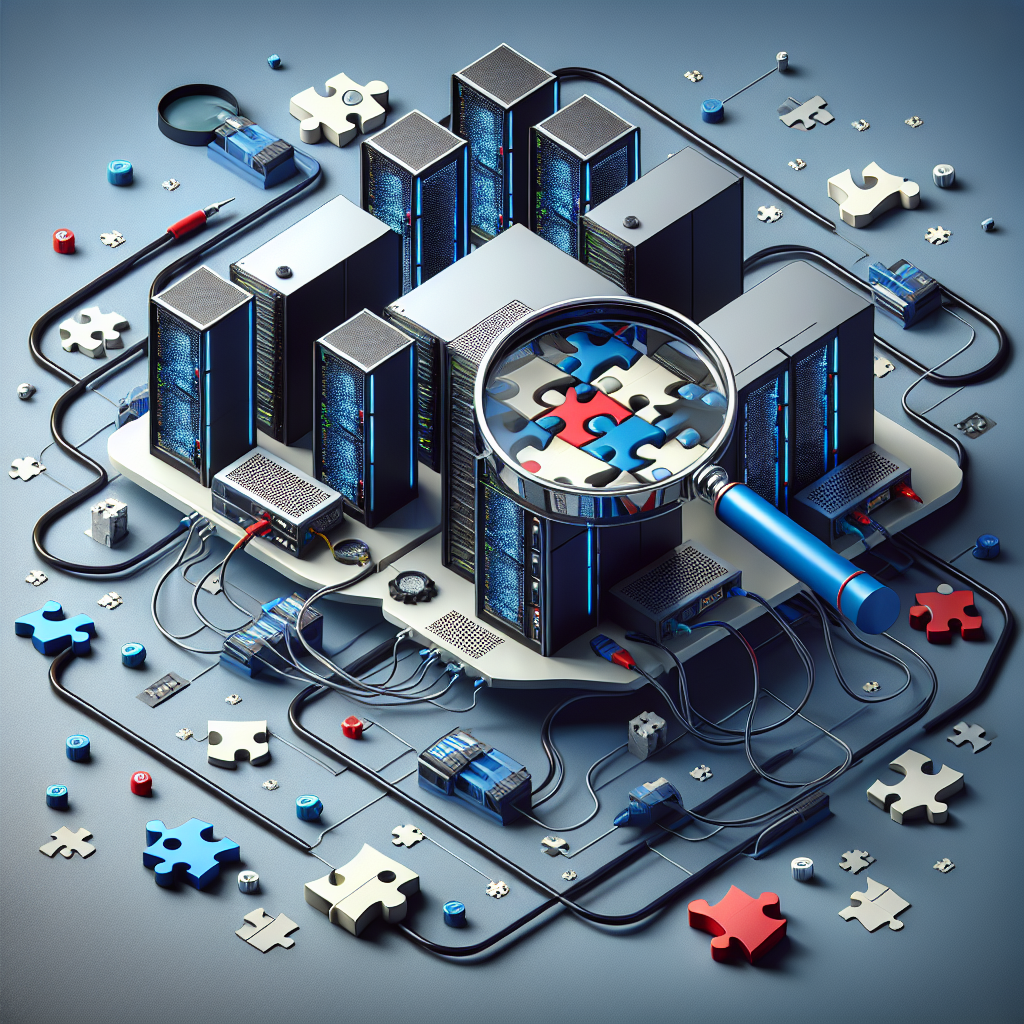In today’s fast-paced digital world, data centers play a crucial role in supporting the operations of businesses and organizations. These centers store, manage, and process large amounts of data that are essential for day-to-day activities. However, data centers can also be prone to issues and challenges that can impact their efficiency and performance. One key strategy for addressing these issues and optimizing data center operations is root cause analysis.
Root cause analysis is a systematic approach to identifying the underlying causes of problems or issues within a system. It involves analyzing data, gathering information, and investigating the factors that contribute to a particular issue. By understanding the root causes of problems, organizations can develop targeted solutions that address the underlying issues and prevent them from recurring in the future.
In the context of data center optimization, root cause analysis is a valuable tool for identifying and addressing the factors that can impact the performance and efficiency of the data center. From power outages and cooling system failures to network congestion and hardware malfunctions, there are a variety of issues that can affect the operation of a data center. By conducting a thorough root cause analysis, organizations can pinpoint the specific factors that are contributing to these issues and develop strategies to address them.
One common example of the role of root cause analysis in data center optimization is the identification of cooling system inefficiencies. Data centers rely on cooling systems to maintain optimal temperatures and prevent overheating of equipment. However, if a cooling system is not functioning properly, it can lead to equipment failures and reduced performance. By conducting a root cause analysis, organizations can identify the factors contributing to the inefficiencies in the cooling system, such as improper airflow or inadequate insulation, and implement solutions to improve its performance.
In addition to addressing specific issues, root cause analysis can also help organizations identify opportunities for optimization and improvement within the data center. By analyzing data and identifying trends, organizations can gain insights into areas where efficiency can be improved, such as optimizing server utilization or implementing energy-saving measures. By taking a proactive approach to data center optimization, organizations can enhance the performance and reliability of their data centers while reducing operating costs.
In conclusion, root cause analysis plays a critical role in data center optimization by helping organizations identify and address the underlying factors that can impact the performance and efficiency of their data centers. By conducting a thorough analysis of issues and trends, organizations can develop targeted solutions that improve the operation of their data centers and ensure they are able to meet the demands of today’s digital world. By unlocking the mystery of data center issues through root cause analysis, organizations can optimize their data center operations and achieve greater success in their business endeavors.


Leave a Reply